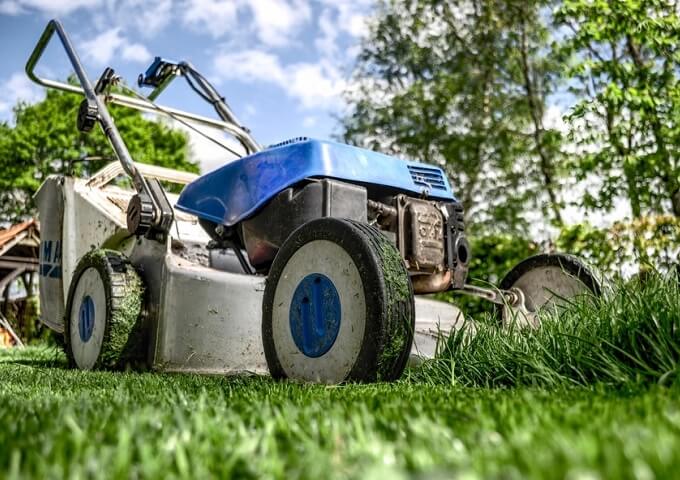Many parts of the Western US have been struggling with unusually dry weather this year and this is no more evident than in California, which is now entering its fifth year of serious drought. Much of the region relies on the Sierra Nevada snowpack to provide run-off water for one-third of all water used in California’s urban areas and for its huge agricultural industry. Central Valley, one of California’s most prominent agricultural areas has been particularly hard hit, and much arable land has been left fallow due to water constraints.
As of June this year the California Department of Water Services announced that the snow water run-off throughout the state was at just 6 percent of the expected annual amount. This doesn’t bode well at all for the water reserves this year, but The National Oceanic and Atmospheric Administration announced that the El Niño that has plagued the state in 2015/2016 seems to have exhausted itself. This provides an opportunity for its opposite weather pattern: a La Niña. This will result in lower sea surface temperatures and hopefully much cooler weather for the region.
However, living in a drought-ridden area doesn’t mean that you can’t create great landscaping for your commercial property’s garden. By using local, water-wise plants and other water-saving techniques, you can create a garden that is as unique and beautiful as any other.
The following tips and tricks are just some of the expert advice that we can offer for landscaping that is drought resistant:
Make sure you mulch
One of the most vital components in a drought-resistant landscape is ensuring that the soil retains as much moisture as it possibly can, and one of the best ways to do this is through mulching. Straw, bark, hay, grass clippings, newspaper, and compost are all great natural mulching materials that can be layered over your garden beds. Mulching should be one of the first things in your landscape planning, as it helps the soil retain moisture, keeps the soil cool, and suppresses weed growth.
Choose appropriate plants
Instead of using plants that require a high moisture content, try and look for plants that are known for their ability to thrive in water-scarce regions. The problem many people have with finding drought-resistant plants is that many of the available ones are from foreign countries such as South Africa or Australia. Plants from these countries are naturally adept at dealing with soaring temperatures and scarce rainfall.
However, it can be a little harder to find local water-wise plants. This article provides a great list of native Californian plants that are great for a drought-resistant garden. Succulents are a well-known water-wise plant and there are hundreds of different options to consider in your landscape planning.
Do away with the lawn
The lawn is a notorious water waster and it needs constant irrigation to keep it in tip-top shape. This makes it one of the least drought-resistant options for your garden. Your landscape planning should take into account that lawn is an unwise choice, and your garden would be better off with some sort of ground cover or other plants. The California Native Plant Society gives some great options for alternatives to lawn.

Opt for penetrable paving
Penetrable or permeable paving is taking the landscaping world by storm, as people and companies have begun to realize the benefits of using it. They are often cheaper, allow water to permeate the soil easily, decrease rainwater runoff and allow greater prevention of water and wind erosion on the soil. They are a great way to harness the runoff that is usually lost after storms, as they allow the water to enter the soil through pavements, sidewalks, paths, and walkways that would previously have been impervious.
Grass pavers, porous concrete pavements, and interlocking permeable concrete pavers are the three main permeable paving options, and using any of them in your landscape planning will keep your garden as water-wise as possible.
Water when necessary at appropriate times
No matter how drought-resistant your garden is, there are going to be times where you simply have to water it. When this time does come, you have to make sure that you are watering at the best times for water retention.
Moisture obviously evaporates out of the soil with the heat of the sun, and therefore it makes sense to water when it’s the coolest time of day. The best time to get the hosepipe out or the irrigation going is early in the morning or late in the evening when the sun is at its lowest, as the soil will have more time to absorb and use the moisture before it begins to evaporate.
Make use of an irrigation system
Another integral part of landscape planning is to have an efficient irrigation system, which will make optimum use of your available water sources. Modern irrigation systems are much more water-wise than the older versions, and certainly more so than using a hosepipe. They reach all the areas that need watering and apply consistent moisture across the garden, and there is less water loss now with drip systems and underground piping becoming more readily available.
Another great option is to add a rain sensor shutoff device, which will make sure your automatic irrigation system doesn’t continue to water your garden if it is raining.
In these drier-than-usual circumstances, it is important to plan for your landscaping to be as drought-resistant as possible. These tips and tricks are just some of the things you can do to ensure your garden is as water-wise as it can be.
Using local, California-based landscape maintenance professionals is the best way to ensure that your property will survive the drought. For more information on landscaping for commercial properties – have a look and download our new ebook Landscape Maintenance Guide for a Commercial Property Owner. We guarantee expert advice from our team of experienced and passionate landscaping maintenance professionals.


